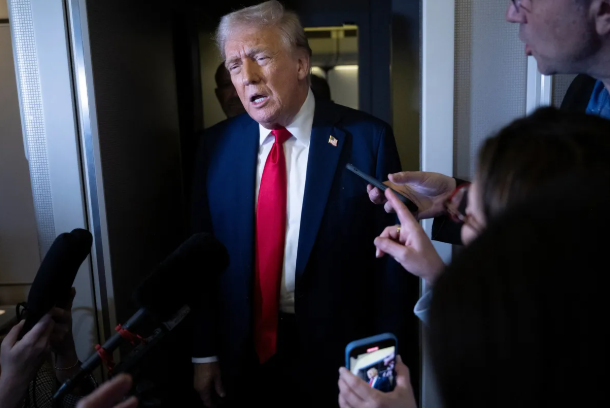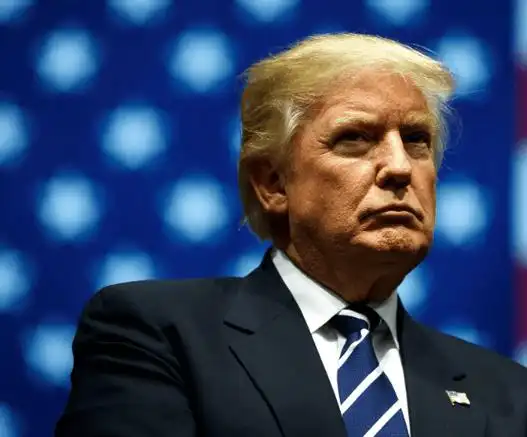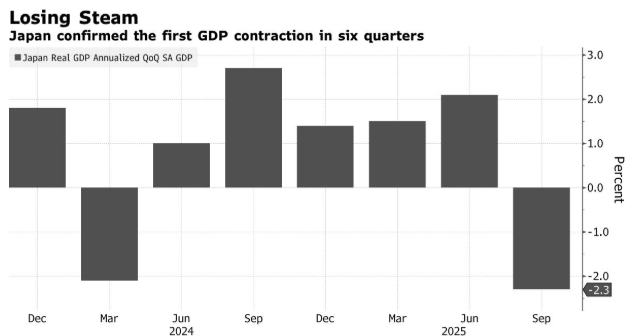US President Donald Trump threatened to impose a “secondary tariff” on Russian oil buyers if Vladimir Putin refused to stop the fighting in Ukraine. Later, he added that he believed the Russian president would not “go back on his word”.
According to NBC News, Trump said in his comments that he was “annoyed” and “very angry” at Putin for questioning the legitimacy of Ukrainian President Zelensky as a negotiating partner and threatened to restrict “all oil from Russia”.
The US president then seemed to tone down his remarks on possible sanctions or other measures when speaking to reporters on Air Force One, suggesting there was some room for negotiation and prompting oil prices to give back gains made in Asian morning trading.

“I certainly don’t want to impose secondary tariffs on Russia,” Trump told reporters, expressing his “disappointment” over Putin’s recent comments about Zelensky. “He should have made a deal with him, whether you like him or not. So I’m very unhappy about that. But I think he’ll do well.”
Meanwhile, Trump continued to pressure Zelensky to agree to an agreement that would allow the United States to obtain Ukraine’s resources.
“He’s trying to get out of the rare earth deal. If he does that, he’s going to have big trouble – big trouble,” Trump said. “If he wants to renegotiate the deal, he’s going to have big trouble.”
Russia is one of the world’s top three oil producers, which means that any attempt to punish the purchase of Russian oil could have a profound impact on the oil market, and any disruption could increase inflationary pressure. Sunday’s threat marks a significant change in Washington’s tone and reflects the growing frustration of the Trump administration.
If the United States continues to push forward, India and China will face particularly great pressure. Since Moscow’s full-scale invasion of Ukraine, these two countries have become the main buyers of discounted Russian crude oil. In March, Russia’s crude oil exports reached a five-month high, while there are also signs of easing in the United States’ sanctions on the Russian oil tanker fleet.
Trump also said that he was considering imposing unspecified “secondary tariffs” on Tehran as a punishment and threatened to bomb Iran until it signed an agreement to abandon nuclear weapons.
Read more: As sanctions escalate, Iranian oil tankers gather near Malaysia
NBC quoted Trump as saying, “If they don’t reach an agreement, there will be an explosion.”
Iranian President Mahmoud Ahmadinejad said on Sunday that Iran has responded to Trump’s proposal, stating that it will not hold talks with the Trump administration but still there is a possibility of indirect communication with the United States.
Giovanni Staunovo, a commodities analyst at UBS Group, said that Trump’s threats “should lead to a stronger price reaction because the volume of risk trading is large. But so far, there has been no supply disruption, only threats. In the past, only actual disruptions could keep prices rising.”
Oil prices rose slightly at the opening on Monday and gold prices hit a new high – but as Trump toned down his threats, oil prices fell back. In early Asian trading, the June contract for Brent crude fell to $72 a barrel, while West Texas Intermediate crude dropped to around $69 a barrel.
Gao Jian, an analyst with Qisheng Futures Co., Ltd., said, “If Trump really wants to punish Russia’s oil business, he can continue to impose sanctions on ships, insurance companies and buyers. But Russia’s oil trade is huge, and he must assess and weigh the pros and cons.”
The United States said last week that Ukraine and Russia have agreed to a ceasefire in the Black Sea, the next stage of Trump’s efforts to end the war, after the two countries agreed to stop attacking energy infrastructure for 30 days.
Ukraine said it would immediately abide by the ceasefire agreement, while the Kremlin demanded the lifting of sanctions against Russia’s Agricultural Bank (RSHB) and other financial institutions involved in the foreign trade of food and fertilizers.
Last week, Trump seemed to have invented a new economic governance strategy, threatening to impose secondary tariffs on countries that purchase oil from Venezuela in an attempt to cut off Venezuela’s oil trade with other countries.
Trump confirmed this threat in an executive order, stating that if countries purchase oil and gas from Venezuela, they may face a 25% tariff on trade with the United States, while Venezuela has already been subject to severe sanctions from the United States. Trump claimed that Venezuela has sent “tens of thousands of high-level and other criminals” to the United States, a move intended to pressure Venezuela.


